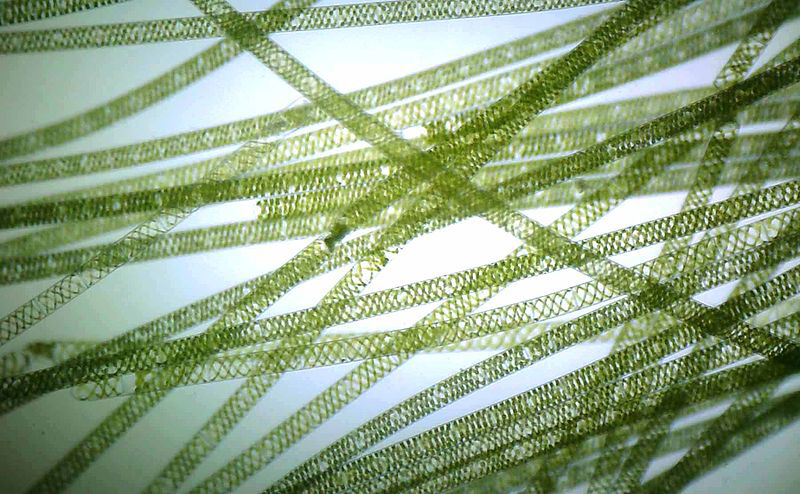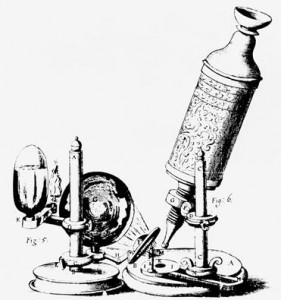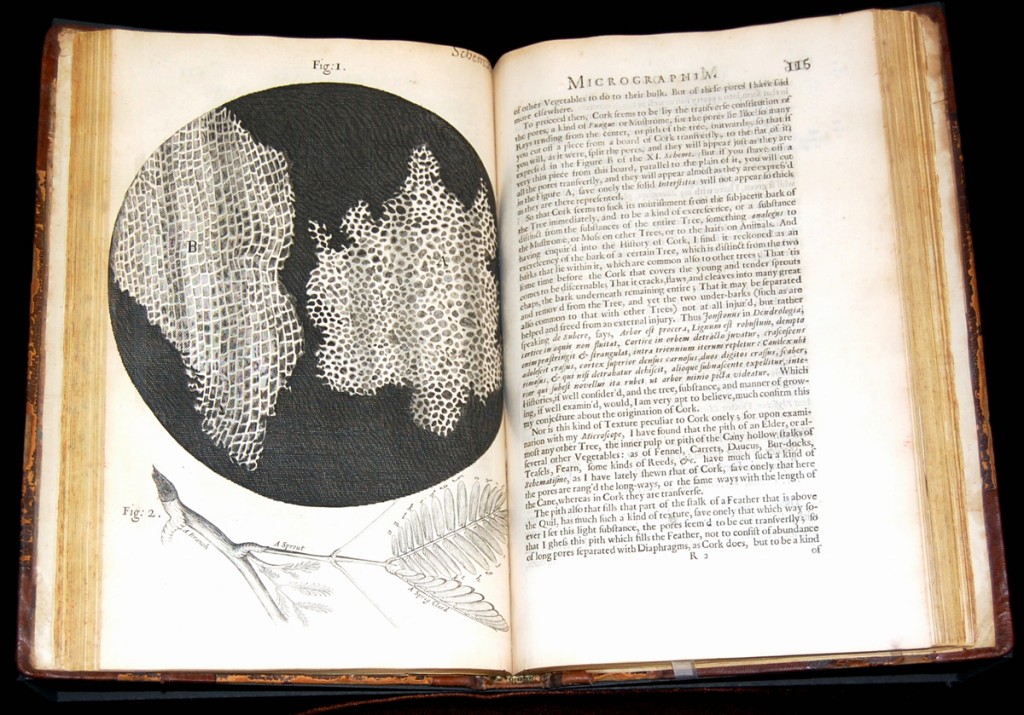Why Study Plants?
Posted in Interesting Plant Stories on June 30, 2014 by Lawrence Kelly
Lawrence M. Kelly, Ph.D., is Director of Graduate Studies at The New York Botanical Garden; Barbara A. Ambrose, Ph.D., is Cullman Assistant Curator in Plant Genomics; and Dennis W. Stevenson, Ph.D., is Vice President for Laboratory Research.

Plants produce 98 percent of atmospheric oxygen through photosynthesis. Everything we eat comes directly or indirectly from plants. One quarter of prescription drugs come directly from plants or are plant derivatives. Fossilized plants provide energy in the form of fossil fuels such as oil and coal.
Given the importance of plants in every aspect of our lives, humans study plants to understand processes that are critical to our own survival and to the health of the planet. Beyond their obvious importance, plants have played key roles in a broad range of biological discoveries that have helped us understand some of the most fascinating mysteries of life.
Fundamental structures, processes, and mechanisms that were first elucidated in plants were later found in all living organisms. For example, when scientists began to examine biological tissues using the compound microscope in the 1600s, the work of botanists was critical for characterizing the basic structure of living organisms. Robert Hooke first used the term “cell” to describe microscopic pores that were visible in thin sections of cork; he thought they were reminiscent of the cells of a monastery. Anton van Leeuwenhoek observed and described some of the first living cells in his 1674 study of the green algal genus Spirogyra. As scientists began to uncover details of the structure of cells in the 19th Century, Robert Brown made the first observations of the nucleus that he saw in thin sections of orchid flowers in 1831, and botanist Matthias Jakob Schleiden became one of the principle architects of the cell theory in 1839, after coming to the conclusion that all plant parts are made of cells.

Much of our understanding of genetics and molecular biology has come from studies of plants. For example, Gregor Mendel is recognized as the founder of modern genetic theory based on his work to unravel the laws of inheritance through breeding experiments with thousands (or even tens of thousands) of pea plants (Pisum sativum). Mendel first presented his research results in 1865, but his work was mostly ignored until 1900. It was later seen to provide critical evidence to support Darwin’s theory of evolution by natural selection. One of those who rediscovered Mendel’s work was botanist Hugo DeVries, who first suggested the concept of genes, introduced the term “mutation,” and is credited with developing the mutation theory of evolution.
In 1947, Barbara McClintock uncovered the existence of transposable elements (or jumping genes) in her work with maize. McClintock found that genes could change their position on a chromosome, and that they could be turned on or off at different stages of development, after figuring out that changes in the color of corn kernels were caused by changes in the genome. McClintock’s work, for which she received the 1983 Nobel Prize, was also largely ignored until transposable elements were later discovered in bacteria. Transposable elements are now understood to cause a variety of human diseases, including hemophilia, porphyria, some cancers, and certain kinds of muscular dystrophy. Transposable elements are also used for generating mutations in experimental studies and are being investigated for gene therapy.

Some of the most exciting recent discoveries come in the area of epigenetics. This is the study of how genes can be turned on or off to influence the development and appearance of an organism. Epigenetic modifications are molecular tags on the DNA but not encoded in the DNA sequence of an organism, yet they can potentially be passed from generation to generation. Current debate centers on the degree to which epigenetics threatens the foundations of genetic and evolutionary theory. The first discovery of a naturally occurring epigenetic mutation came in 1999 from an experiment with toadflax (Linaria vulgaris), a plant that was originally described by Linnaeus in 1749. Scientists are only beginning to uncover the significance of epigenetics. Many more exciting discoveries are sure to follow, and most of them are likely to help us understand processes that have effects on all forms of life, including humans.

